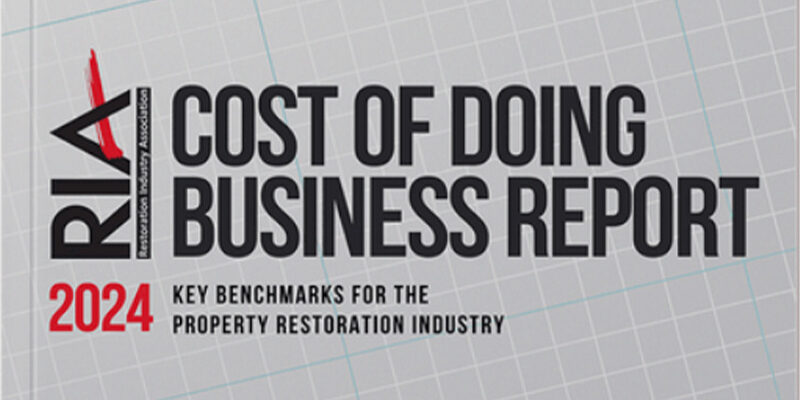Measuring Your HR Effectiveness Through KPIs

One of the cornerstones of our consulting philosophies at Violand Management Associates is to ensure that all our clients recognize and acknowledge that “numbers tell a story.” We believe wholeheartedly that without key performance indicators (KPIs), a business cannot be successful in the long term.
We define KPIs as metrics used to measure a specific activity or operation a company performs. The metrics are generally measured over a period of time and then compared to a standard, predetermined benchmark to indicate success or failure. The criteria used to measure success should align with the company’s organizational goals.
Performance indicators should be used to track the company’s progress toward achieving its major business objectives. We adhere to the concept that performance indicators should be SMART:
Specific
Measurable (quantitatively)
Achievable within the time frame measured
Relevant to the success of the company and its organizational goals
Time-phased relative to the accuracy of the data measured.
While many, if not most, companies embrace and accept this view, the one area where I hear the most consternation from managers is human resources (HR). “How can we possibly measure the effectiveness of our HR function?”
While most organizations struggle with HR analytics, those companies that shine in this area are more likely to benefit from a number of key advantages. According to Debbie McGrath, chief instigator and CEO of HR.com, “Measuring, tracking, and analyzing workforce data has become a must-have for today’s organizations to continue to use the insights from these analytics in order to build and incorporate more strategy in their HR decision making.”
Why should you track HR effectiveness? By doing so, you’ll get information and signs of how well you’re using the company’s resources of money and time. Simply uncovering inefficiencies and potential areas of concern will enable managers and leaders to improve or eliminate them. What and how might be a bit more complex.
My suggestion is to start by tracking the seven KPIs below, which will give you the greatest amount of information and data to accurately reflect the current state of your overall HR effectiveness. As you refine and become more comfortable with these, you can then expand to include measurements for other areas.
1. Absenteeism rate: Helps to evaluate how satisfied or dissatisfied employees are with their current position, department, and or/manager.
Formula: Workdays missed/total workdays scheduled x 100
2. Retention rate: The number of individuals who remain at the company within a specific time period. Note: It is best not to include new hires for the period of time being measured.
Formula: Number of employees staying across a time period/number of employees at the start of that time period x 100
3. Training cost per employee: How much does it cost to train each employee, and how much is being invested in workforce development? This should include everything possible, such as training courses, travel expenses, overtime, etc.
Formula: Total cost of training/number of employees
4. Turnover rate: The rate at which employees leave the company (regardless of the reasons) within a given year.
Formula: Number of departures during a specific time period/average number of employees during the same period x 100
5. Overtime percentage: Helps determine if the proper number of employees are in place and if the leadership/management team is maintaining an appropriate schedule.
Formula: Overtime pay amount/total payroll x 100
6. Cost per hire: The average cost of hiring a new employee.
Formula: Internal and external hiring costs/number of employees hired in a given period
7. Revenue per employee: Helps to evaluate productivity and efficiency of the workforce.
Formula: Total amount of revenue/total number of employees
This list should give you a good start at instituting measurements related to your HR effectiveness. Some numbers might surprise you, while others might confirm what you already assumed. Regardless, having specific numbers will allow you to target specific goals.
According to Cecile Alper-Leroux, vice president of human capital management innovation for Ultimate Software, the point is to “get past the ‘what’ and fully understand the ‘why.’ The benefit of using metrics is that the decisions are better-informed and backed by facts—rather than hunches—and thus make key people decisions far more ‘sellable’ to the business.”
Make the decision today to begin developing KPIs associated with your HR functions, and I assure you, you will be ahead of the game and your competition.












